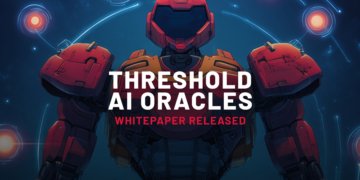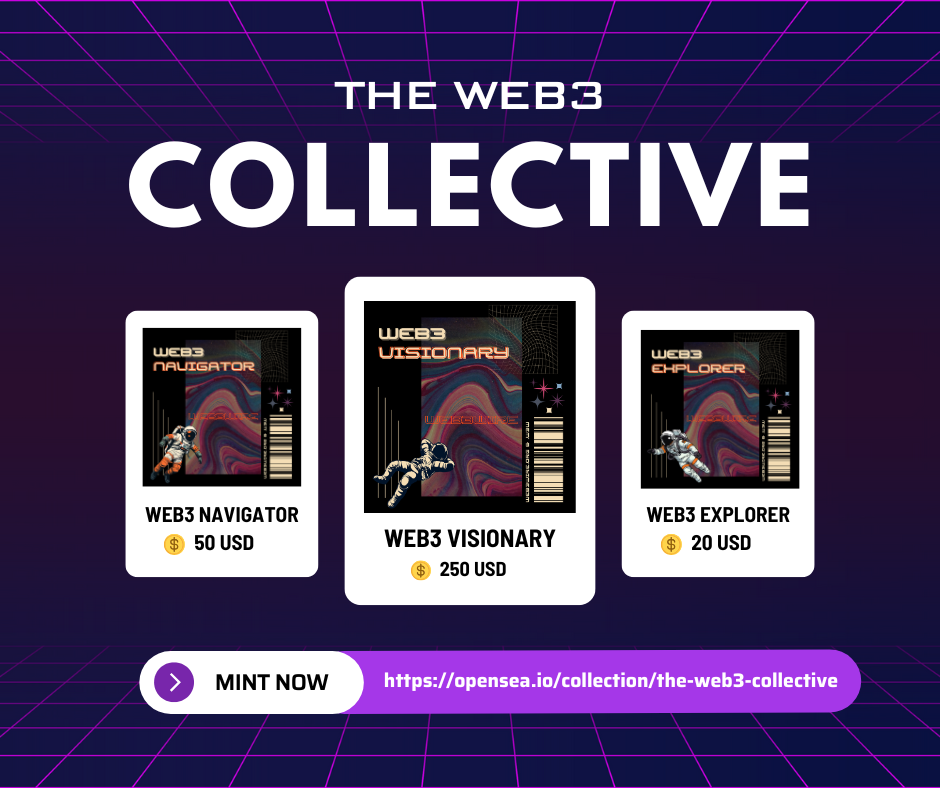
Exploring Web3 Gaming: Market Growth, Trends, and Future Forecasts
The gaming industry has undergone significant changes over the past few decades, and the latest transformation is powered by Web3 technologies. With the advent of decentralized technologies and blockchain, Web3 gaming is poised to reshape the virtual landscapes, offering players ownership, control, and new revenue opportunities. This blog post will delve into the burgeoning market of Web3 gaming, identify current trends, analyze market growth, and present future forecasts.
Introduction to Web3 Gaming
Web3 gaming represents the shift from the traditional centralized gaming models to a decentralized infrastructure where players have direct ownership of in-game assets. This new paradigm is facilitated by blockchain technology, which ensures transparency, security, and interoperability across various gaming platforms.
Unlike traditional games where players invest time and money without retaining ownership of virtual assets, Web3 allows gamers to have real-world value attached to their in-game possessions through Non-Fungible Tokens (NFTs). NFTs are unique tokens on the blockchain that certify ownership of digital assets, enabling gamers to buy, sell, and trade them freely on and off the platform.
Key Drivers of Web3 Gaming Market Growth
The Web3 gaming market’s momentum is driven by several key factors, including:
- Player Empowerment: The decentralized nature of Web3 empowers players by giving them true ownership of in-game assets. This shift has cultivated a more engaged and loyal player base.
- Monetization Opportunities: Web3 gaming introduces new revenue streams for players through trading NFTs and staking digital assets. Gamers can now earn while playing rather than spending without returns.
- Open Economies: Unlike traditional games with closed economies, Web3 platforms facilitate open, player-driven markets that leverage blockchain for seamless transactions.
- Rapid Technological Advancements: Innovations in blockchain, such as layer 2 scaling solutions, make Web3 gaming more feasible by providing smoother experiences and lower transaction costs.
Current Trends in Web3 Gaming
Web3 gaming has fostered numerous trends that are gaining traction:
1. Seamless Interoperability
Gamers can now move assets freely across different platforms, thanks to blockchain’s interoperability features. Players are no longer constrained to one game or ecosystem and enjoy broader user experiences.
2. Play-to-Earn Models
The play-to-earn model has become a cornerstone of Web3 gaming, allowing players to earn cryptocurrencies and other rewards through gameplay. This has democratized gaming revenue, making it sustainable for developers and profitable for players.
3. Decentralized Autonomous Organizations (DAOs)
DAOs are gaining popularity as a governance model for Web3 games, giving players a voice in the decision-making processes and development of the game ecosystems. This player-first approach fosters community building and collective growth.
4. Enhanced Reality Features
Though still emerging, Web3 games are beginning to integrate Augmented Reality (AR) and Virtual Reality (VR) to provide immersive gaming experiences that transcend traditional gameplay.
Forecasting the Future of Web3 Gaming
The future of Web3 gaming is promising, with expectations of robust growth and transformative changes. Here are critical forecasts for the sector:
- Market Expansion: Industry analysts project that the Web3 gaming market will experience exponential growth over the next decade, with increasing global adoption.
- Investments and Innovations: As the sector matures, it will attract significant investments, driving further innovation. Developers will be encouraged to build dynamic and adaptive games, harnessing both fundamental and cutting-edge blockchain technologies.
- Integration with Metaverse: Web3 gaming is closely tied to the rise of the metaverse concept, where interconnected virtual worlds form a cohesive digital environment. This integration will accelerate the development and adoption of Web3 technologies.
- Regulatory Challenges: As Web3 gaming grows, it will face regulatory hurdles. Governments and authorities worldwide will work towards establishing a framework that balances innovation with player protection.
Conclusion
Web3 gaming is just beginning to unlock its potential, fostering a sustainable ecosystem for developers and players. Despite facing challenges, the sector’s capacity for innovation and engagement ensures a bright future. As we look ahead, the intertwining of gaming with decentralized technologies will likely continue to redefine player experiences, creating a more equitable and exciting industry for all stakeholders involved.
Whether you are a developer, investor, or player, staying informed and adaptable will be crucial as the Web3 gaming landscape evolves. Embrace the changes and be part of the future of gaming, where ownership, innovation, and entertainment converge.
“`


















